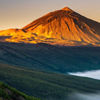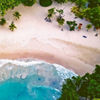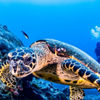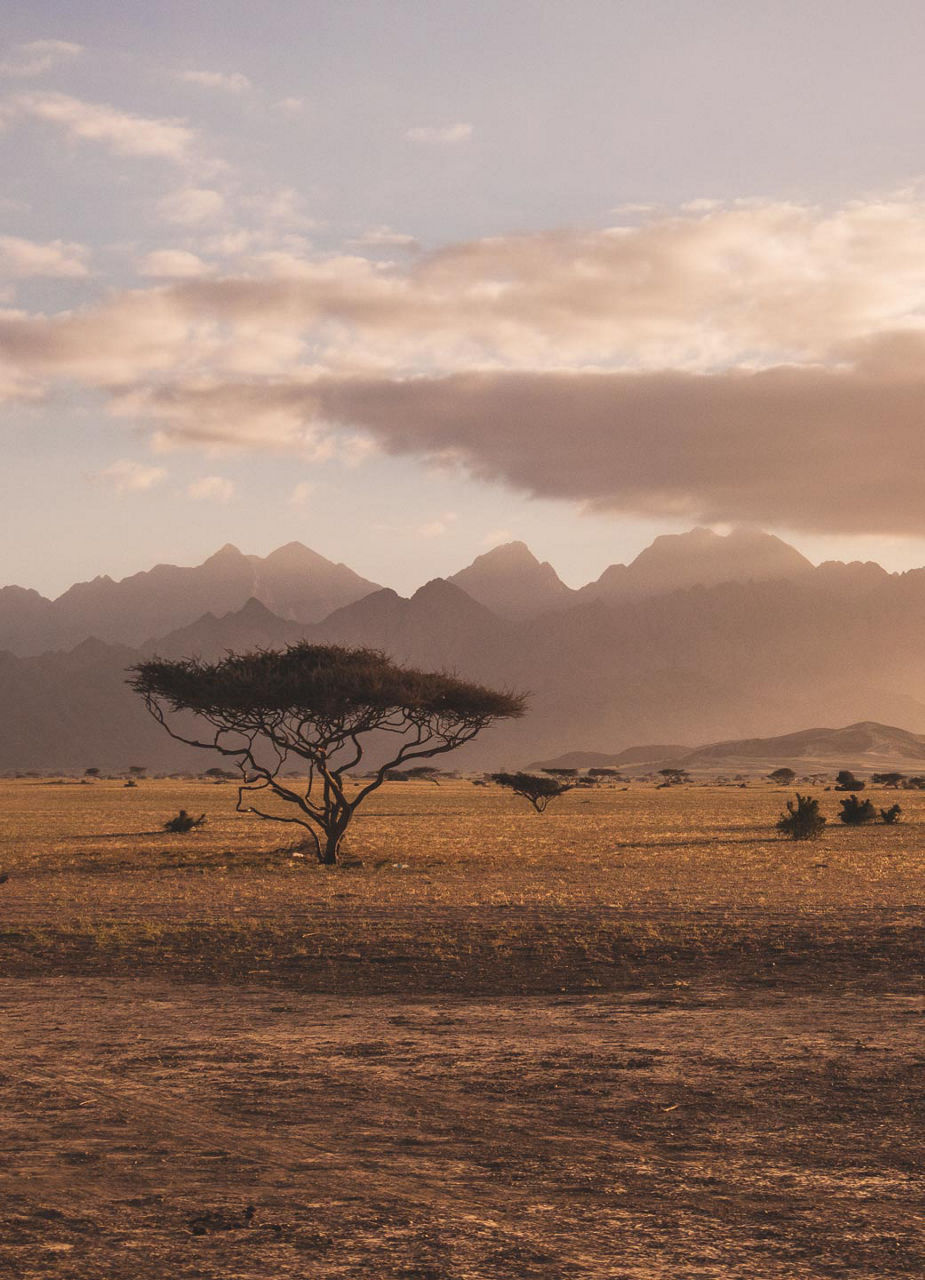
A breathtaking encounter
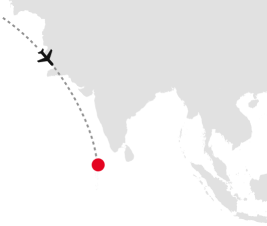
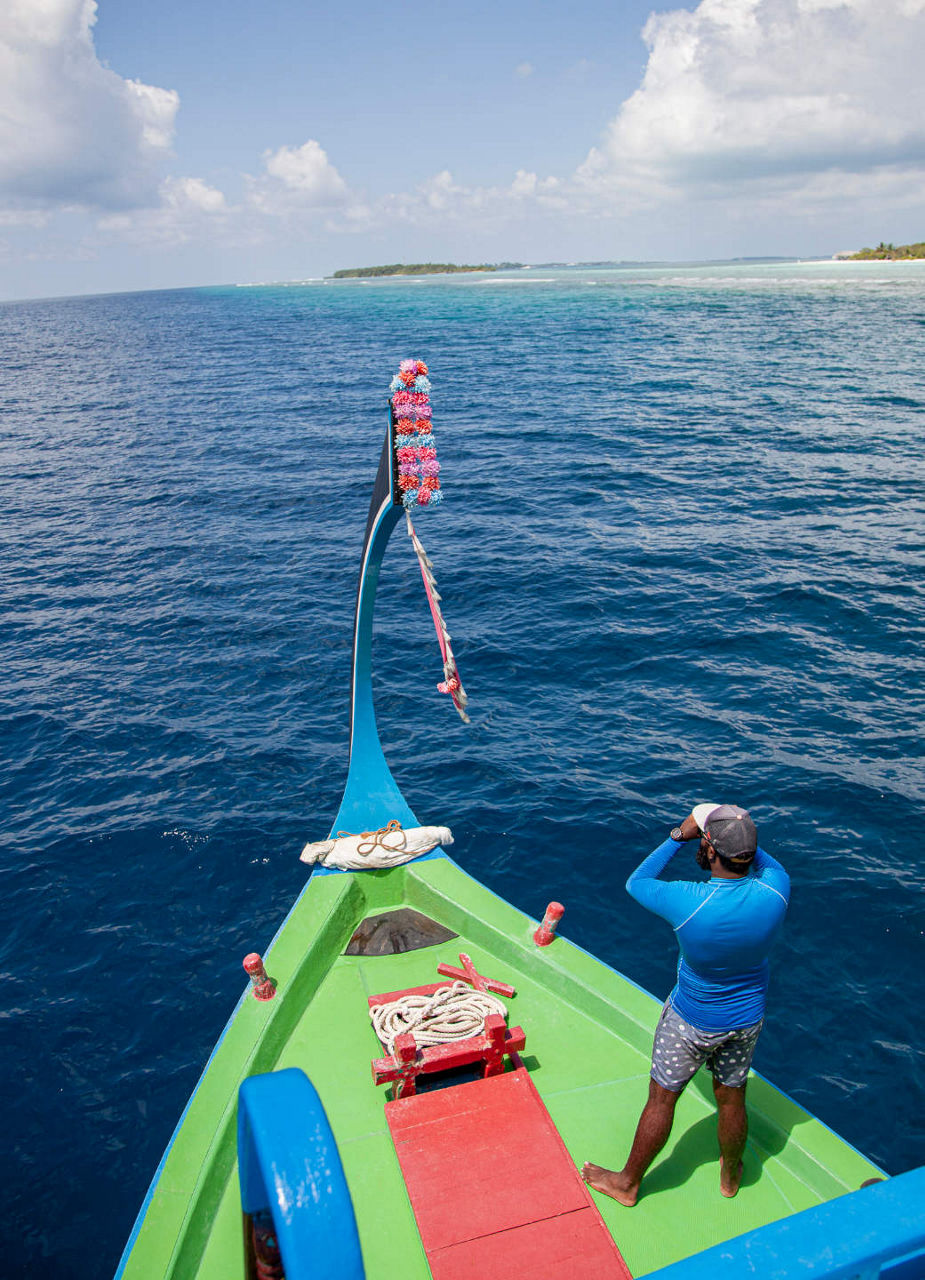
Take to the high seas on a research boat
Embark on a one-day research trip with the Maldives Whale Shark Research Programme (MWSRP) team. On board, you will meet Clara Cánovas Pérez (Marine Ecologist), Chloe Winn, (In-Field Coordinator), and Abdul Basith ‘Bas’ Mohamed (Lead In-Field Coordinator). The three of them work together like clockwork, taking to the open seas in their dhoni, a traditional Maldivian wooden boat, on five out of every seven days to collect data for their research on whale sharks. The South Ari Atoll in the Maldives is considered the home of mostly juvenile whale sharks. We still know surprisingly little about the biggest fish in our times, a fact that the scientists for the Maldives Whale Shark Research Programme are working to change.
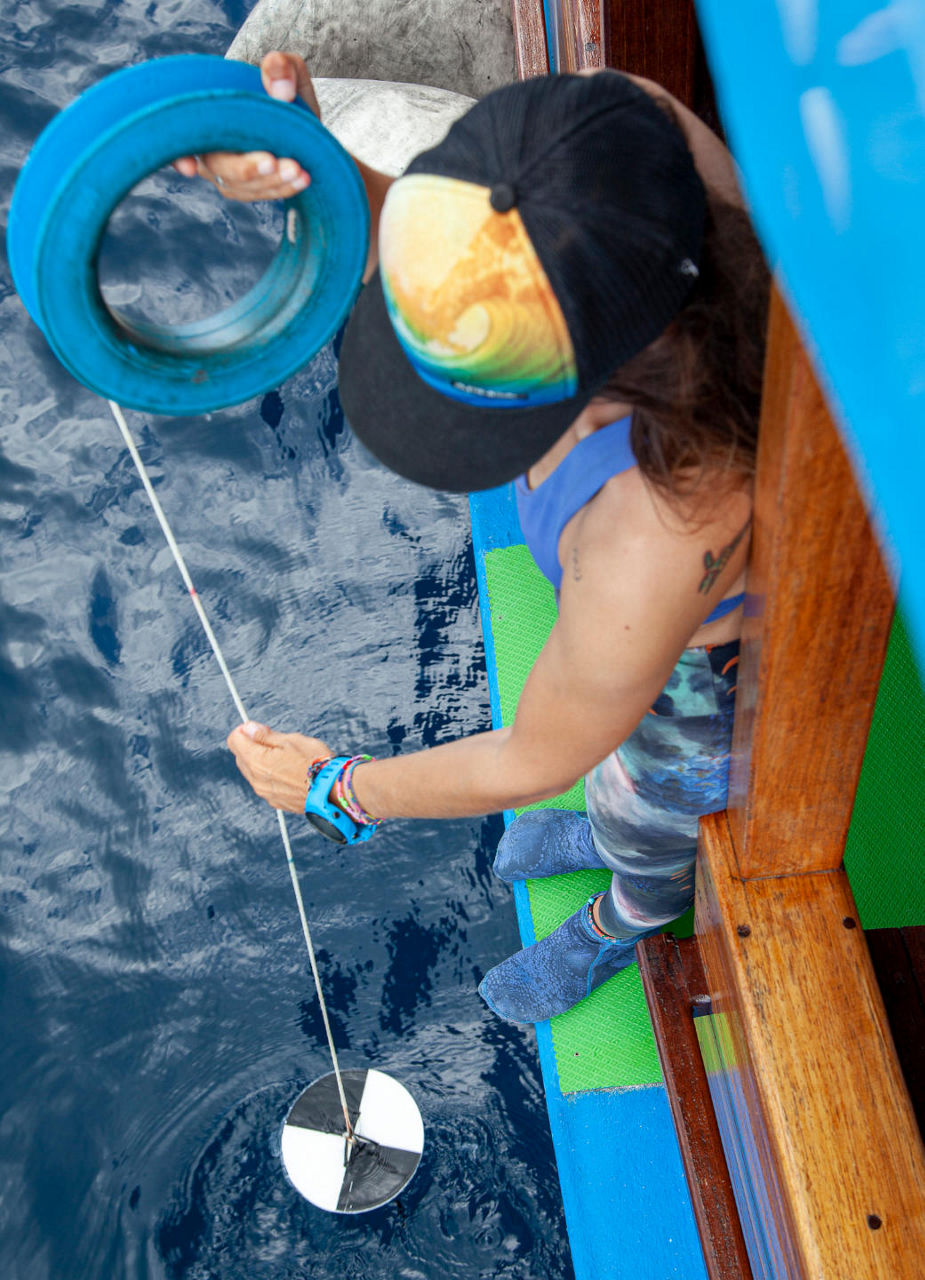
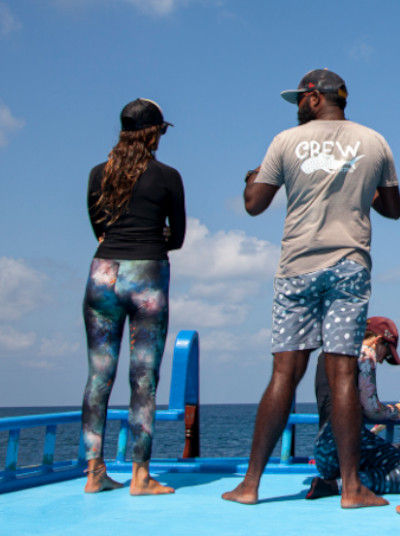
The South Ari Atoll
Standing with her feet apart for balance, Clara can be seen on the upper deck of the dhoni, her hands clenched into fists at her sides, her gaze gliding over the vastness of the Indian Ocean. Gentle waves rock the dhoni, the breeze whispers into Clara’s tanned face. Through her mirrored sunglasses, she scans the water for whale sharks. Here, in the Marine Protected Area of the South Ari Atoll (SAMPA), they appear as long shadows below the glittering surface of the water.
Exciting fact:
it is estimated that the Rhincondon typus, as it is called in Latin, first appeared some 60 million years ago. Similar animals are said to have existed as many as 370 million years ago, in a time when not even trees grew on our planet.

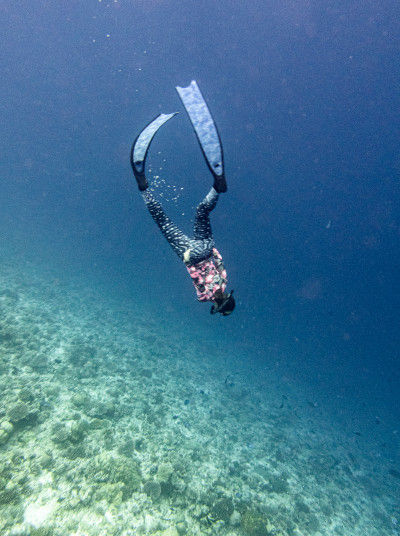
Whale shark in sight
‘Whale shark, over there! Whale shark!’ calls Clara, stamping on the upper deck with her foot as a signal to the captain to stop, and then descending the steps. Grabbing her diving mask, snorkel, and underwater camera, she sits down on the side deck, puts on her fins, and drops down into the water. Chloe follows after as she swims towards the shadow. In the meantime, Bas remains on the upper deck, always keeping an eye on the whale shark’s shadow.
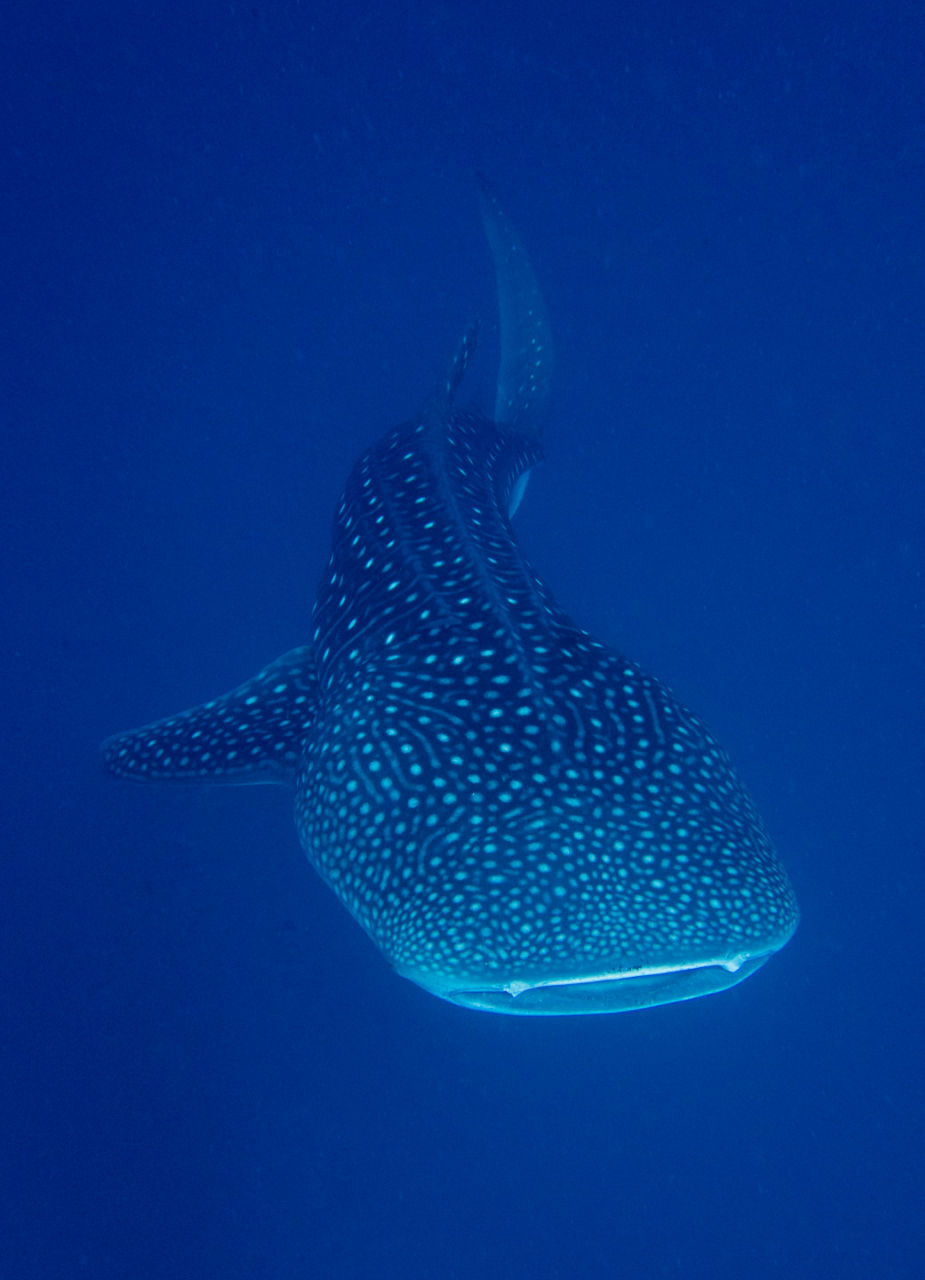
Diving with whale sharks
Signalling the start of her research, Clara raises her hand, takes a deep breath, and dives down: two, three, four, five metres down and only some three metres from the whale shark, she glides along beside it. Despite her long freediving fins, Clara appears short when compared to the roughly six-metre-long whale shark. Its tail fin glides slowly through the water, the white spots on its dark grey-blue skin glowing in the rays of the sun as they break through the water’s surface. Clara photographs the pattern of spots above the pectoral fin, which is the researcher’s way of later identifying the animal – it is a kind of fingerprint. She also observes its behaviour: does it try to avoid her, open its huge mouth, and suck in water? Does it swim quickly or slowly? Is it curious or shy? Does it even want to interact?
Exciting fact:
today, whale sharks are primarily sighted in the waters off the Philippines, Mozambique, Mexico, Western Australia, or St. Helena, but they seem to have also found a kind of home in the South Ari Atoll.

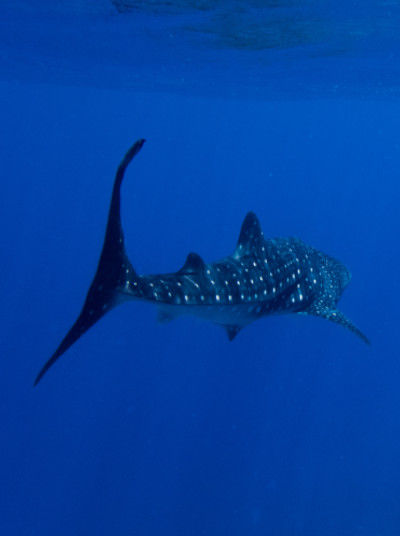
Research work is in-depth work
Some 15 minutes later, Clara and Chloe return from their dive and note down the data from their encounter: estimated length, scars, or fresh wounds. Clara remarks: ‘Isn’t it unbelievable, that we know hardly anything about what happens below the surface? All we can do is consider ourselves lucky to be able to accompany an animal for a short time...’ She grins and Bas notes down the depth, current, temperature, wind direction, weather, and visibility. This data might help us learn more about these fish that are to this day still one of the world’s greatest mysteries.
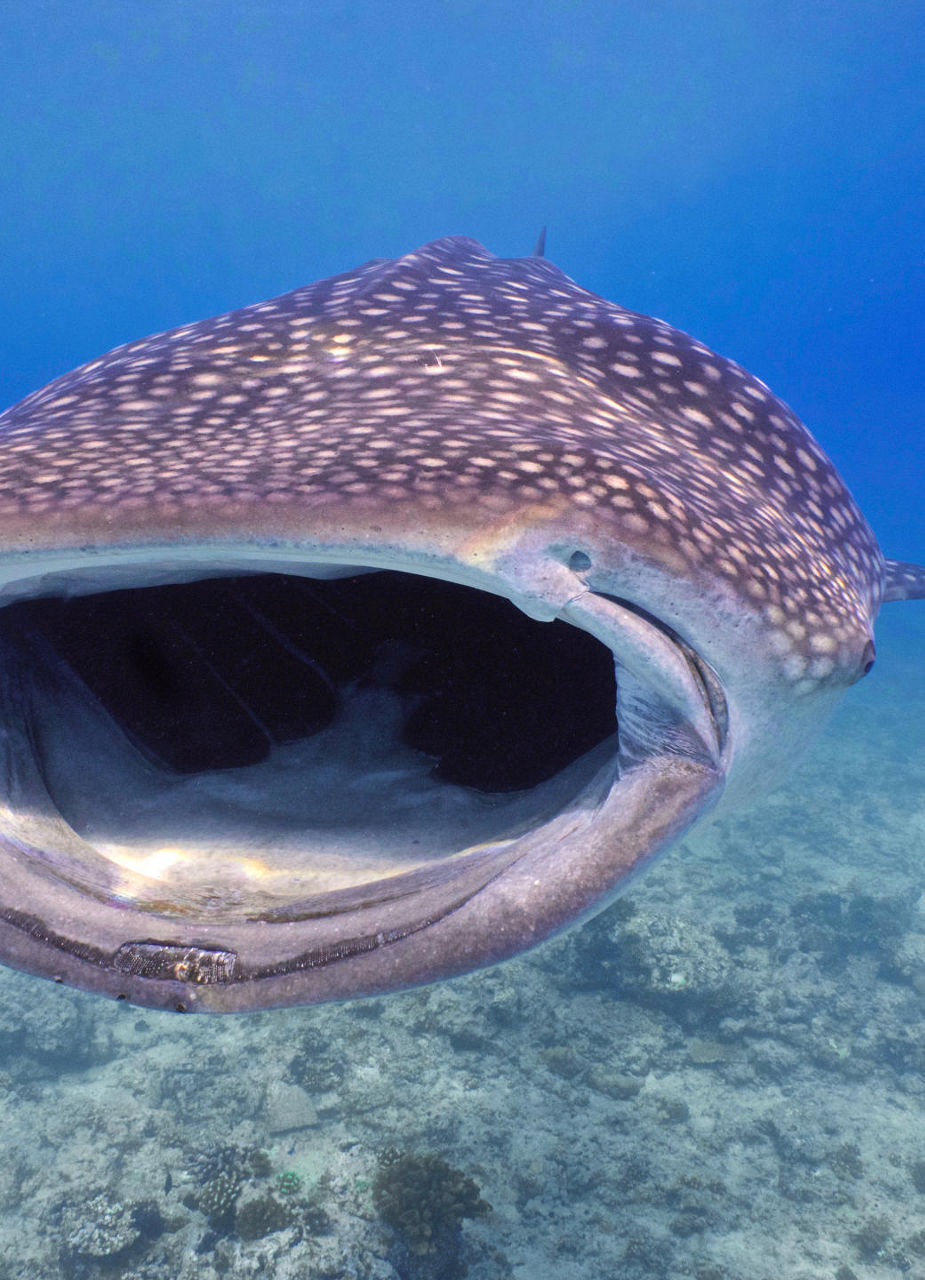
Rest after diving deep
Most of the roughly 7,500 animals thus far registered in the Atol are juveniles, males, and six metres long on average. Fully-grown whale sharks can measure up to 18 metres in length and weigh just shy of 15 tonnes. As Clara explains: ‘We think they come up here along the reef lines to rest and warm their bodies in the warm water after feeding deep down.’ By ‘deep down’ she means nearly 2,000 metres below the surface where the temperatures are as low as 3 °C and the pressure reaches nearly 200 bar. With a suction of up to 6,000 litres per hour, this is where whale sharks suck in water, plankton, and small fish through their large mouths, only to filter out the nutrients and squeeze the water out through their gills.
Exciting fact:
whale sharks can live for up to 130 years. What we still do not know yet, though, is how they reproduce – but we do know that they reach sexual maturity at about 25 years of age. Despite not knowing how many animals there actually are, researchers around the world believe that the whale shark population has halved in recent years.
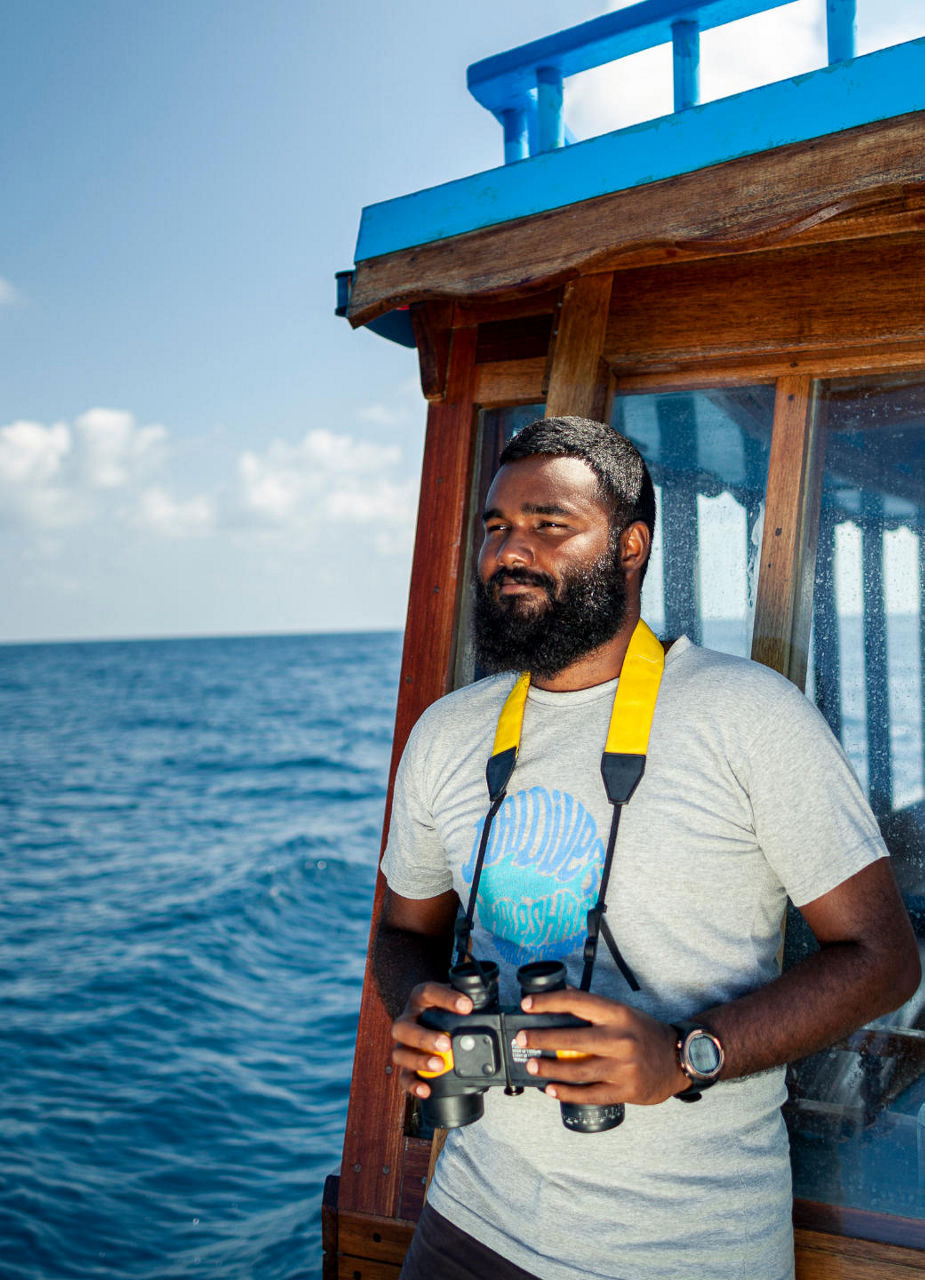
Research and education
Besides their research work, the team also works with the locals to educate them about the animals. ‘MWSRP visits schools and trains diving instructors, tourism officials, and locals in a bid to share their knowledge about whale sharks,’ explains Clara. After all: her research – and therefore the protection of the animals – stands a better chance if the local population is on board. That is why she regularly invites local children to join them when they take the boat out to conduct their research.
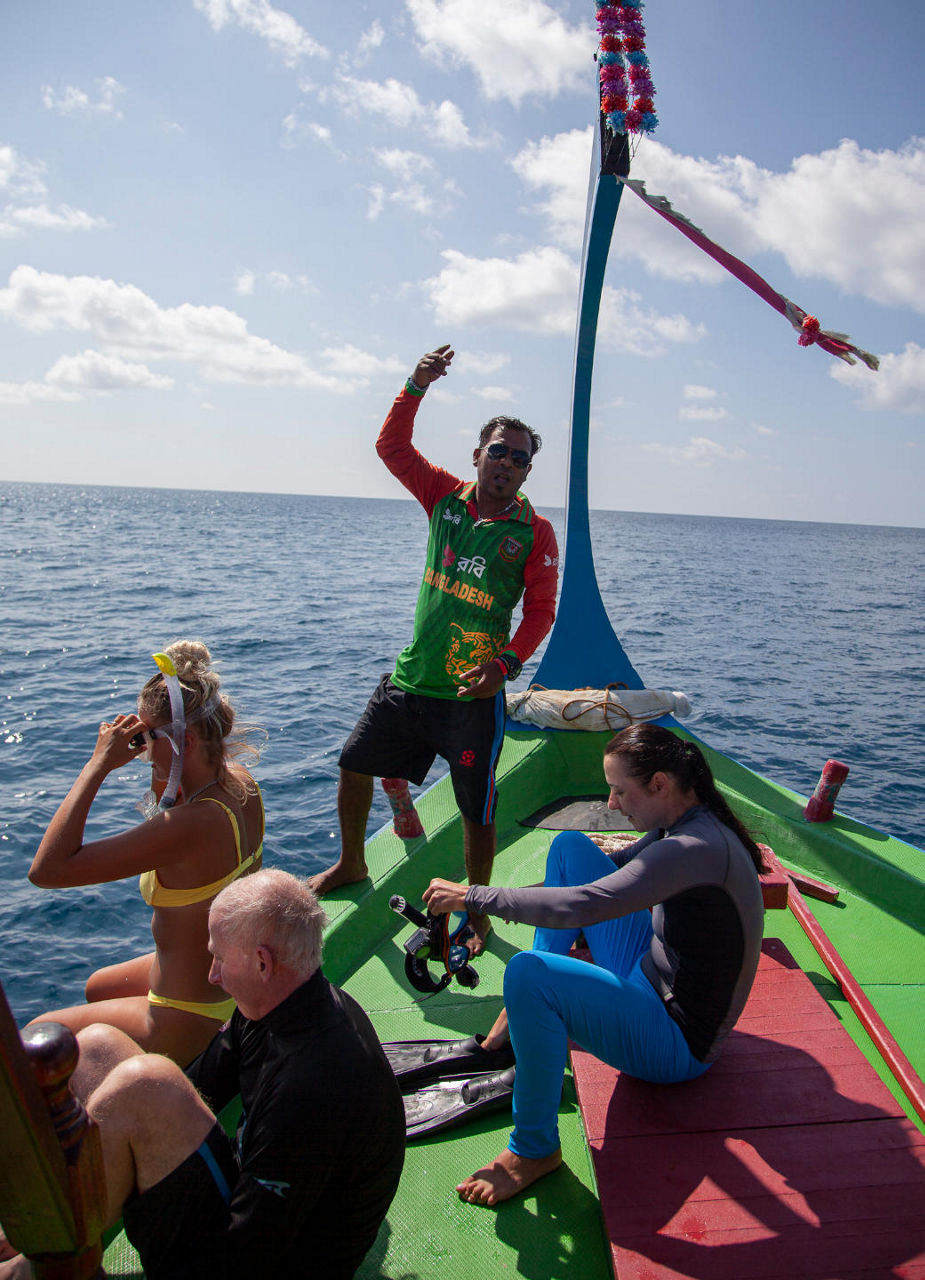
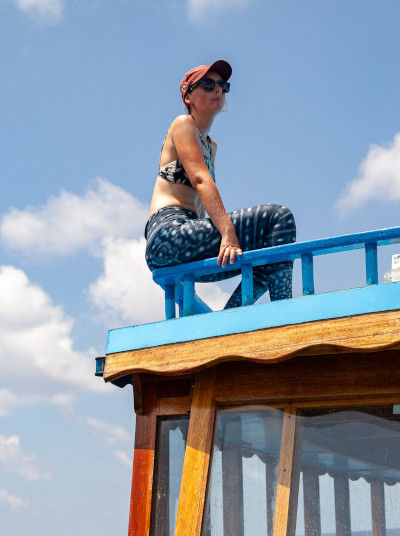
Important support through volunteering
All three of the researchers once started as volunteers with the Maldives Whale Shark Research Programme and could not imagine going back to their previous lives. Volunteers provide the financial basis for the research project: they are guests who spend their holidays with the team and pay to do so. They help gather relevant data or hop into the water as well when a whale shark appears.
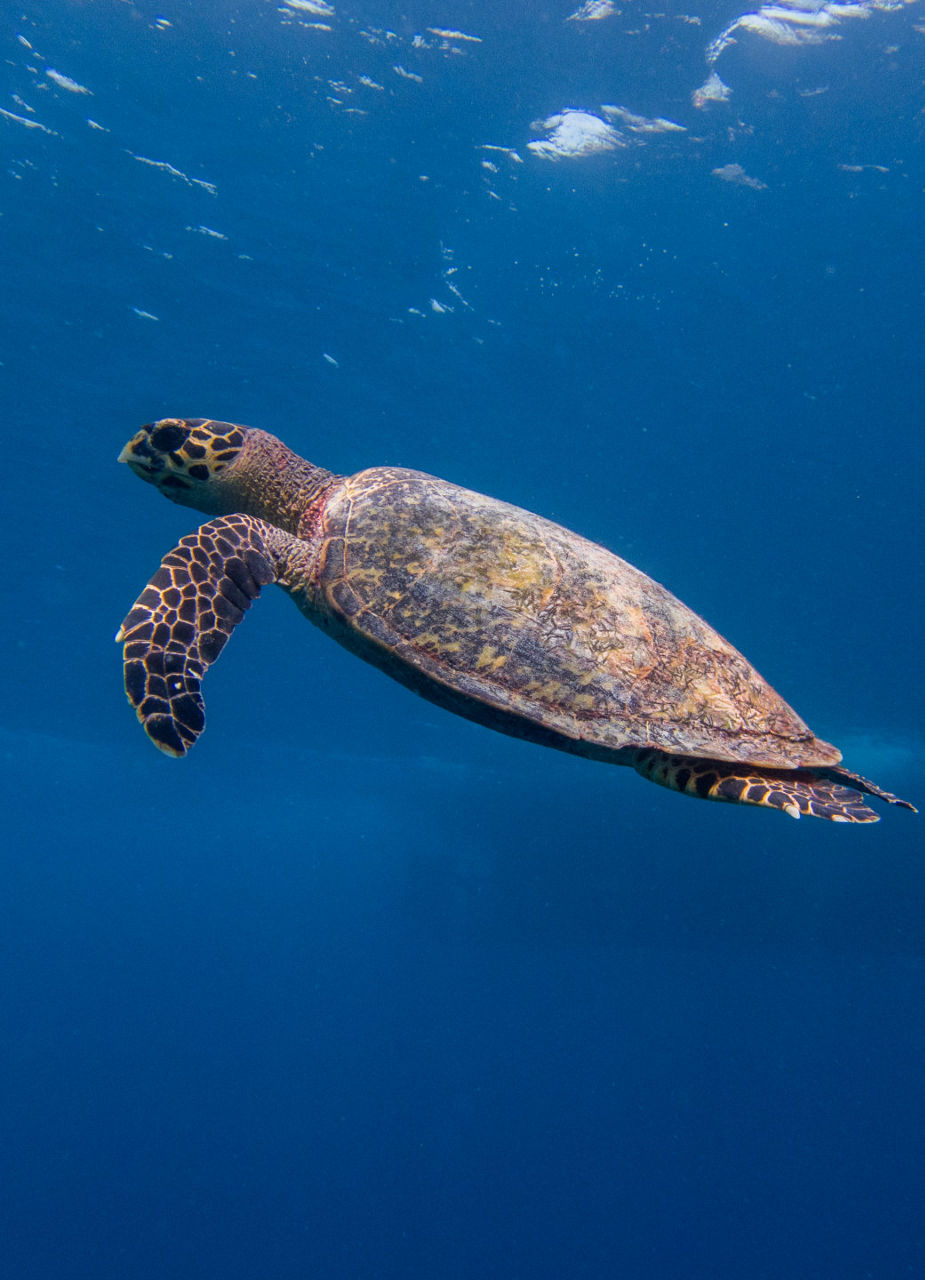
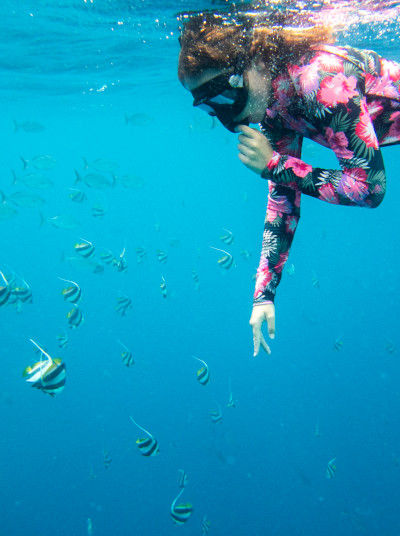
Fascinating marine life
It is this diversity that motivates Clara, Bas, and Chloe to go out to sea every day to learn more about its depths and inhabitants – and to use the information to protect the South Ari Atoll’s sensitive ecosystem, which is considered one of the richest in the world, offering the whale sharks a home, at least for a short time. If you would like to find out more about the work of the Maldives Whale Shark Research Programme or possibly even get on board as a volunteer, please visit their official website.
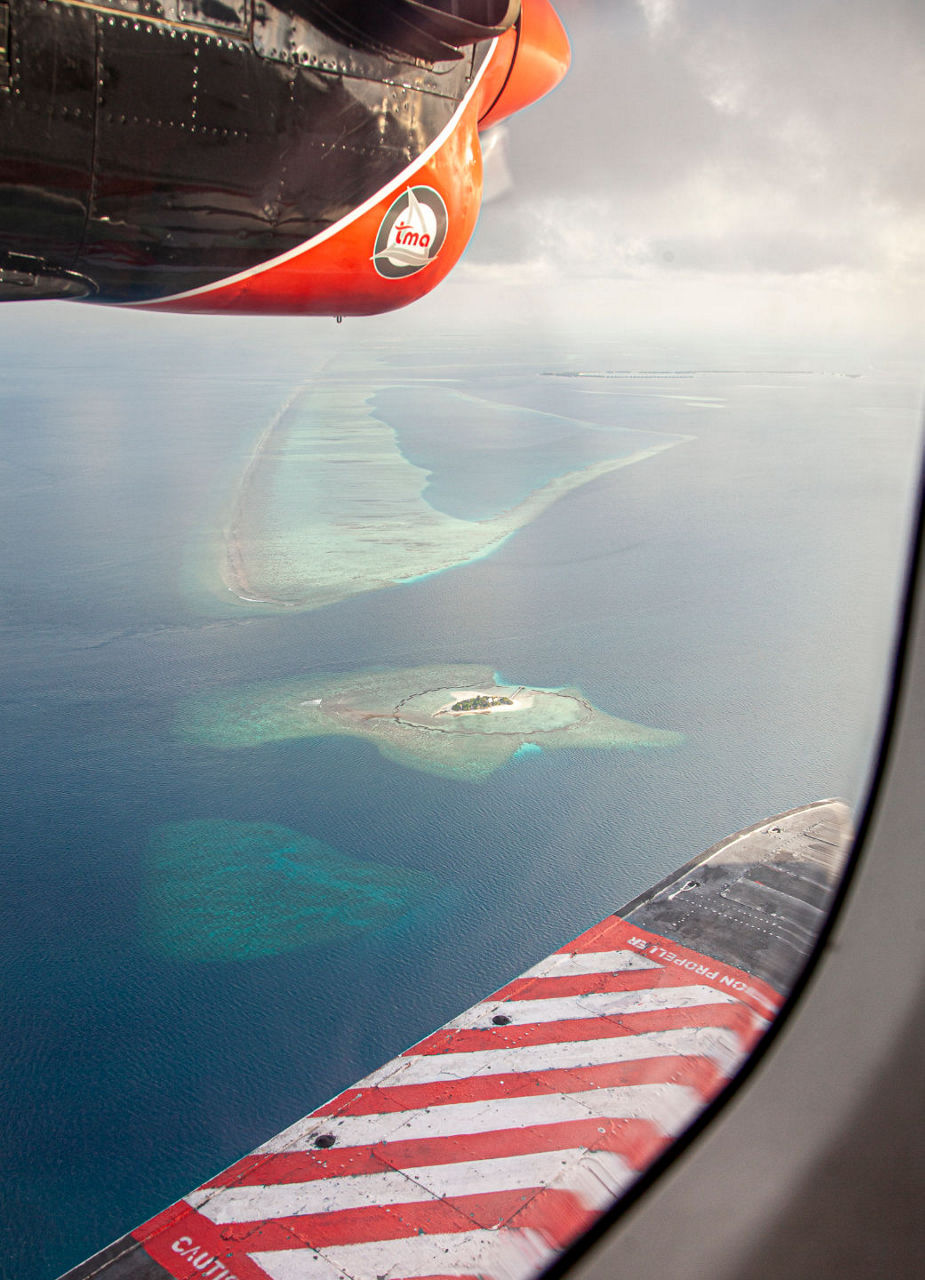
The South Ari Atoll has recently been declared a nature reserve, which is quite unusual for the Maldives. To protect the impressive natural diversity, more urgently need to follow. New rules for the South Ari Atoll ban fishing with nets and with lights at night, while boats have to slow down since going too fast can also disturb the animals and plants.
Header - Photo by Roshan Adhihetty
Paragraph 1,2 & 4 - Photos by Roshan Adhihetty
Paragraph 5 & 7 - Photos by Maldives Whale Shark Research Programm MWSRP
Paragraph 8 - Photo by Jil Kühne
Paragraph 10 & 11 - Photos by Roshan Adhihetty
Paragraph 12 - Photo big by Maldives Whale Shark Research Programm MWSRP
Paragraph 12 - Photo small by Roshan Adhihetty
Paragraph 13 - Photo by Roshan Adhihetty



